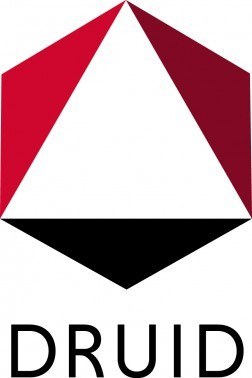Main Content
2) Structure based drug development

Crystal structure of the Sudan eboalvirus matrix protein VP40 in complex with Salicylic acid
Fragment-based drug design (FBDD) or fragment-based lead design (FBLD) has become a widely used approach to identify molecular binders that can be developed into promising inhibitors. Crystal soaking is a highly sensitive method and therefore suitable to detect weak binders. Another advantage is the gained structural information, e.g., how and where the fragment binds to the protein. Due to the low number of atoms and functional groups of fragments, they represent promising starting points for the development of lead structures, therefore necessitating only a small library for screening. The most important advantage of structure-based drug design is the development of a highly specific inhibitor, which lowers the risk of side effects in patients.
In this project, we express Ebola virus proteins in E. coli, purify and crystallize them. The preformed protein crystals are then soaked with small molecules and analyzed using X-rays. Fragments that bind to the Ebola virus protein in the crystal are then used for further optimization and enlargement to improve their affinity towards the target protein and therefore to improve their inhibitory action. Besides crystal soaking, other biochemical and biophysical methods are used to identify binders, inhibitors or PROTACs. Promising candidates are tested in cell culture assays and also under BSL-4 conditions using authentic virus.
We work together with numerous other labs from Marburg, San Diego and Toronto.
See also:
